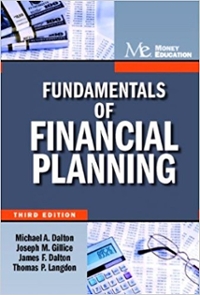Question
Let an investor be with utility function u(w) = -e^-a 0 w (exponential utility function) as a function wealth, w where a 0 is a
Let an investor be with utility function u(w) = -e^-a0w (exponential utility function) as a function wealth, w where a0 is a positive number. There are one risk-free asset and one risky asset available for investment.
Denote the rate of return for risky asset and risk-free asset to be r, rf respectively.
Let W0 be the initial wealth the investor has for investment. Let z be the amount of wealth put on the risky assets and, the remaining, W0 - z, on risk-free asset.
(a) Show that the utility function exhibits constant absolute coefficient of risk aversion. (5 marks)
(b) Express the wealth (W) for a portfolio z to be W0 (1 +rf)+ z(r - rf) (4 marks)
(c) Show that, as an expected utility maximizer, the investor will not change the portfolio weight when the initial wealth increases. (15 marks)
Assume in the following that the rate of return of the risky assets, r, follow normal distribution with mean and variance, 2
(d) Show that maximizing the investor's expected utility is the same as maximizing the following function

(9 marks)
max Z z2o2 z(u rp) a ao 2 max Z z2o2 z(u rp) a ao 2Step by Step Solution
There are 3 Steps involved in it
Step: 1

Get Instant Access to Expert-Tailored Solutions
See step-by-step solutions with expert insights and AI powered tools for academic success
Step: 2

Step: 3

Ace Your Homework with AI
Get the answers you need in no time with our AI-driven, step-by-step assistance
Get Started


